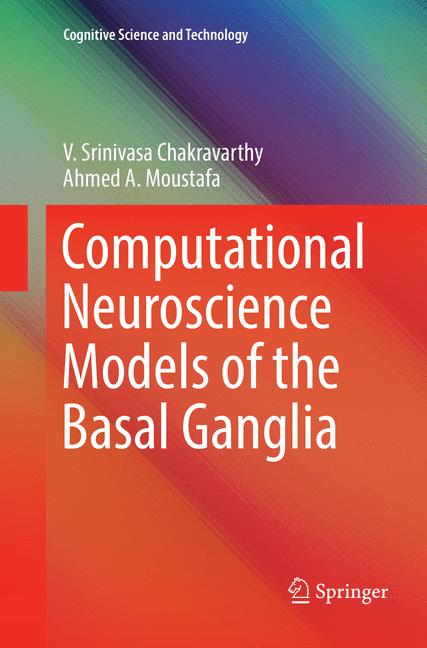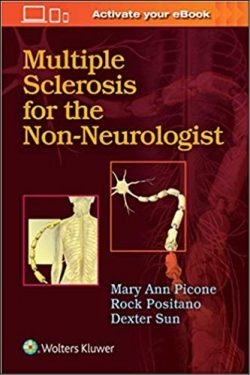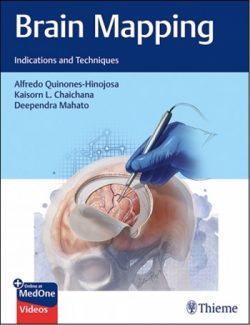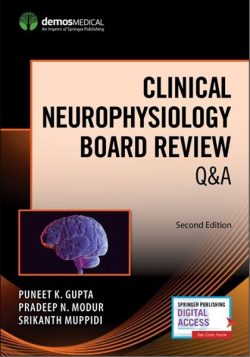The book is a compendium of the aforementioned subclass of models of Basal Ganglia, which presents some the key existent theories of Basal Ganglia function. The book presents computational models of basal ganglia-related disorders, including Parkinson’s disease, schizophrenia, and addiction. Importantly, it highlights the applications of understanding the role of the basal ganglia to treat neurological and psychiatric disorders. The purpose of the present book is to amend and expand on James Houk’s book (MIT press; ASIN: B010BF4U9K) by providing a comprehensive overview on computational models of the basal ganglia. This book caters to researchers and academics from the area of computational cognitive neuroscience.
Part 1: Modeling Basal Ganglia.- Introduction.- Basal Ganglia neurobiology.- Functions of Basal Ganglia.- Computational approaches to Basal Ganglia.- Principles of Reinforcement Learning.- The Basal ganglia as an Exploration Engine.- Spiking neuron and biophysical network models of BG with GEN dynamics.- Part 2: Modeling the Functions of Basal Ganglia.- A model of the role of basal ganglia in reaching movements.- A model of the role of basal ganglia in precision grip performance.- A model of the role of basal ganglia in spatial navigation.- A model of the role of basal ganglia in saccade generation.- A model of the role of basal ganglia in gait control.- A model of the role of basal ganglia in working memory.- A model of the role of basal ganglia in action selection.- Part 3: Modeling the action of Neuromodulators in Basal Ganglia.- A model of interaction between dopamine and serotonin in risk-based decision making.- Modeling the joint roles of dopamine and acetylcholine in the striatum.- Modeling the role of norepinephrine in exploratory behaviour.- Part 4: Applications.- Modeling the effects of Deep Brain Stimulation Parkinsonian motor and cognitive symptoms.- Modeling the effects of L-Dopa and dopamine agonists on Parkinsonian motor symptoms.- Modeling the role of the basal ganglia in schizophrenia.- Modeling the role of the basal ganglia in addiction.
The book is a compendium of the aforementioned subclass of models of Basal Ganglia, which presents some the key existent theories of Basal Ganglia function. The book presents computational models of basal ganglia-related disorders, including Parkinson’s disease, schizophrenia, and addiction. Importantly, it highlights the applications of understanding the role of the basal ganglia to treat neurological and psychiatric disorders. The purpose of the present book is to amend and expand on James Houk’s book (MIT press; ASIN: B010BF4U9K) by providing a comprehensive overview on computational models of the basal ganglia. This book caters to researchers and academics from the area of computational cognitive neuroscience.





